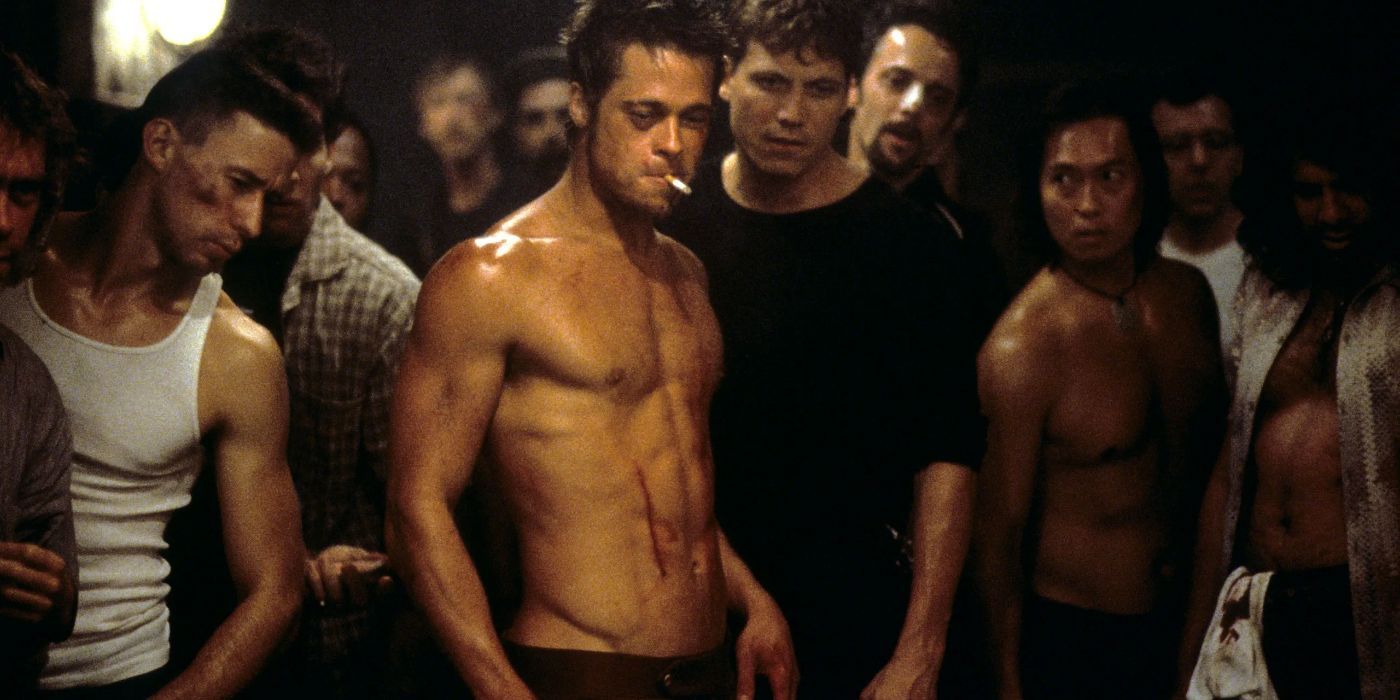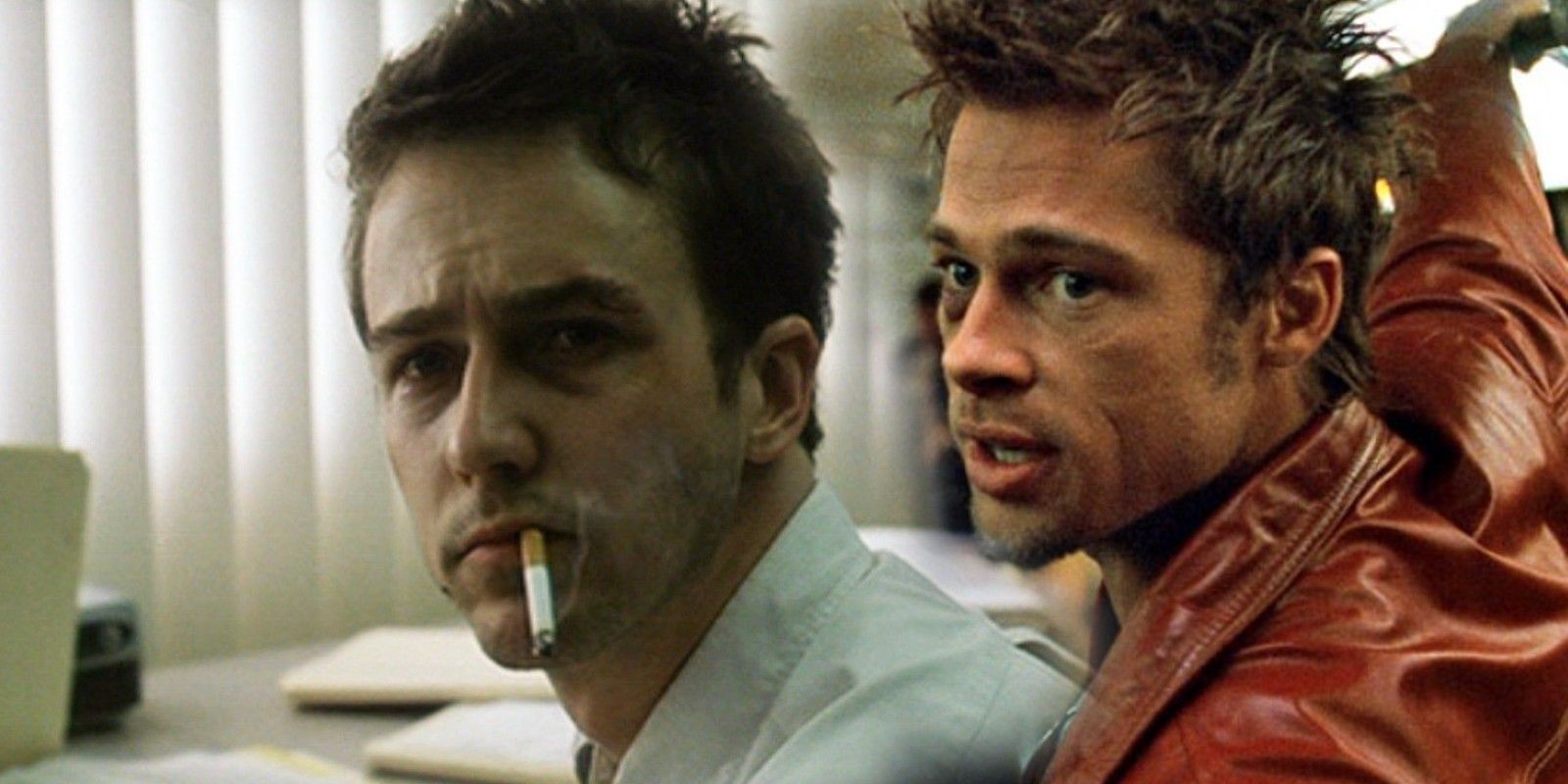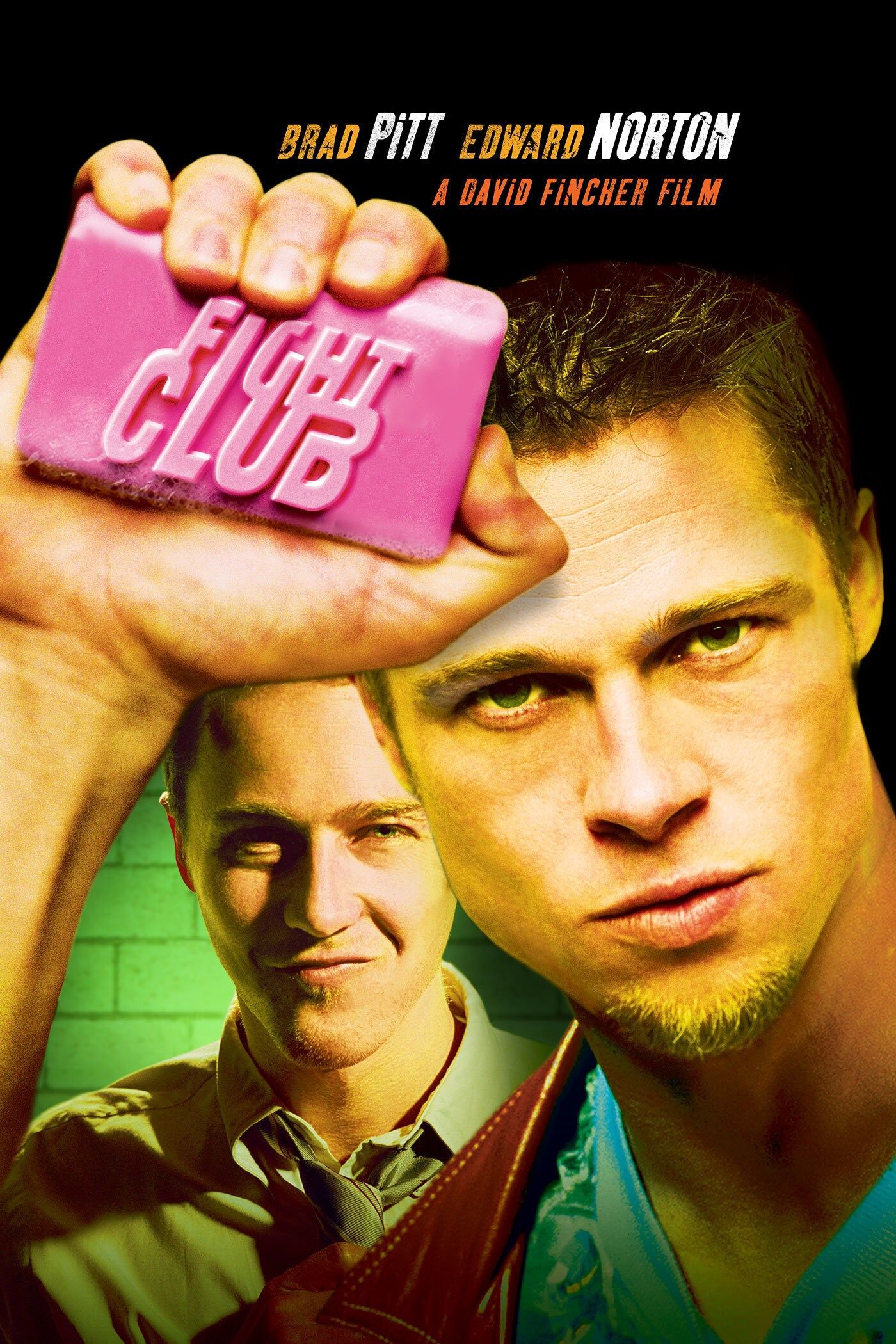Summary
- Tyler Durden’s head shave symbolizes his freedom to follow his own path after the Narrator lets go of control.
- Durden’s hair change highlights the deep divide between his and the Narrator’s identities and motives.
- The head shave trope in Fight Club is unique as it represents the Narrator’s existential journey and duality.
Tyler Durden returns with a buzzed head in Fight Club‘s final arc, leaving audiences with an intriguing question: What does his hair transformation symbolize in the overarching story? One of the most pivotal moments in Fight Club is when the Narrator questions Tyler Durden about Project Mayhem, and Durden encourages him to “let go.” Although apprehensive at first, the Narrator eventually complies with Durden and releases his hand from the car’s steering wheel. As a result, the car crashes, marking the inception of Fight Club‘s ending arc.
With what follows, the Narrator wakes up in his home and finds the members of the fight club working as a team to execute Project Mayhem. However, when he tries to find Tyler, he is nowhere to be found. The closer the Narrator gets to finding Tyler Durden, the more he realizes the truth about his own dual identity. When he finally comes face to face with Durden in a hotel room, Durden does not look the same: He sports a buzz cut and even seems relatively bigger than he used to be.
Related
Fight Club’s 8 Rules Explained
Fight Club’s famous rules are far more complex than they first appeared. Some yielded fascinating results, and others reveal the Narrator’s identity.
Tyler Durden’s Head Shave Symbolizes A Major Shift In His Motives
It Shows His Dedication To Project Mayhem
In Fight Club, Tyler Durden is initially portrayed as the Narrator’s ideal vision of who he wishes to be. When Durden starts the titular Fight Club and creates a space for men like him to reclaim their masculinity, the Narrator embraces how he represents his own confidence and freedom. However, a dissonance between Durden and the Narrator’s motives begins when Durden starts taking things a little too far with Project Mayhem while keeping the Narrator in the dark. As seen in the car scene, Durden, too, realizes that he and the Narrator do not see eye to eye with one another.
His head shave symbolizes how he feels free to follow his own path after the Narrator takes his hand off the wheel.
Owing to this, he asks the Narrator to let go and embrace chaos instead of forcing control. After the Narrator finally agrees to let go, Tyler Durden is set free from his expectations of what he wants him to be. As a result, instead of representing what the Narrator had envisioned, Durden becomes one of his comrades and gets serious about executing Project Mayhem. His head shave symbolizes how he feels free to follow his own path after the Narrator takes his hand off the wheel.
Durden’s Hair Change Makes Him Significantly Different From The Narrator’s Envisioned Ideal
He Isn’t What The Narrator Once Wished To Be
An interesting detail in the car crash scene from Fight Club is that, while Tyler Durden drives with his left hand, the Narrator takes control of it with his right. Even when Tyler releases his left hand, the Narrator attempts to take control with his right. This scene perfectly captures the conflict between the Narrator’s two alternate identities, with one (Tyler Durden) attempting to convince the other (The Narrator) to embrace chaos, uncertainty, and rebellion. When the internal battle ends, Tyler Durden comes out as the winner, allowing him to tread his own path.
This is why, when the Narrator directly meets him in a hotel room after the crash, Durden is indistinguishable from what the Narrator had initially envisioned him to be. He is not the spiky-haired and flamboyant figure seen earlier, but rather a man who is “free in all the ways” the Narrator is not. His shaved head underscores how the divides between the two alternate identities have deepened, and Durden is more aligned with his core beliefs and values.

Related
Fight Club Cast & Character Guide
Directed by David Fincher, Fight Club is one of the most emblematic movies of the 90s, delivering a brutal social commentary on toxic masculinity.
Many Other Movies & Shows Have Used The “Head Shave” Trope to Represent Change
It Perfectly Symbolizes A Character’s Catharsis
The head shave trope has previously been used in many TV shows and movies to highlight a significant change in a character’s identity or mindset. For instance, Breaking Bad‘s Walter White shaves his head when he begins to embrace his transformation into Heisenberg. The Matrix‘s Neo has no hair when he is finally freed from the Matrix, symbolizing his rebirth in the real world. Furiosa chops her hair to rise in the ranks at the Citadel and defy everything Immortan Joe and his men expect her to be.
…Fight Club
‘s depiction of Tyler Durden’s hair transformation still feels unique because it also represents the Narrator’s existential journey and duality.
Demi Moore’s Jordan also gets rid of her hair in G.I. Jane as she prepares herself for the US Navy Special Warfare Group’s rigorous training. Even in the anime, One Punch Man, Saitama loses his hair as a result of his intense training regimen, symbolizing his achievement of unmatched strength and indefatigability. With many characters as examples, head shaving is clearly a common visual metaphor for change and defiance in many stories. However, Fight Club‘s depiction of Tyler Durden’s hair transformation still feels unique because it represents the Narrator’s existential journey and duality.

